Conditions of Success: A Backbone Organization
As of November 1, 2020, National Veterans Intermediary (NVI) is called the Local Partner Network. Older content may reference our original name.
There’s an awful lot to be said about Backbone Organizations. There’s even more to learn, thanks to the continuous improvement mindset established by Collective Impact’s conceptual pioneers. In this post, we’ll present a basic primer on the topic, and briefly explore what the idea means to NVI.
So what exactly is a Backbone Organization?
It’s the team that provides necessary infrastructure for the collaborative, fulfilling many roles including:
- Planning
- Management
- Facilitation
- Administration
- Technical assistance
- Data collection
- Reporting
- Communications
- Logistics
Collective Impact pioneers John Kania and Mark Kramer challenge the all-too-common assumption that collaboration can succeed without infrastructure. Instead, they argue the Backbone Organization is what keeps all the good intent from imploding, and brings structure and continuity to a collaborative endeavor. (In a future post, we’ll explore the qualities of a great Backbone Organization’s leadership.)
In 2012, Shiloh Turner and Kathy Merchant of the Greater Cincinnati Foundation and John Kania & Ellen Martin of FSG collaborated to publish a four-part series. In “Understanding the Value of Backbone Organizations in Collective Impact” the authors summarize their research, carefully distilling replicable conditions and qualities that might otherwise be written off as intangibles.
Part 1 frames the team’s research questions: what are the roles, contributions, benchmarks for success, and best practices of Backbone Organizations in effective collaboratives.
“As backbone organizations mature, they often shift focus to establish shared measurement practices on behalf of their collective impact partners.”
(Turner, Merchant, Kania & Martin; Stanford Social Innovation Review Online, “Understanding the Value of Backbone Organizations in Collective Impact: Part 2”)
Part 2 discusses the activities of Backbone Organizations, and some notional short-term and intermediate outcomes. For example, some participating organizations identified needing technical assistance with managing shared measurement systems.
“Backbone organizations’ partners need ongoing assistance with data…As one partner described, ‘We do not have enough manpower to input data.’”
(Turner, Merchant, Kania & Martin; Stanford Social Innovation Review Online, “Understanding the Value of Backbone Organizations in Collective Impact: Part 3”)
Part 3 summarizes the wisdom that the Greater Cincinnati Foundation has acquired around the different ways that “partners, funders, advisors, and community members” view the value of Backbone Organizations.
“If you are considering how to undertake or support a collective impact initiative, one fundamental truth about backbone effectiveness is that its leader can make or break the organization’s success. This component of the evaluation captures some of the intangible ‘secret sauce’ that helps us understand the backbone role going forward.”
(Turner, Merchant, Kania & Martin; Stanford Social Innovation Review Online, “Understanding the Value of Backbone Organizations in Collective Impact: Part 4”)
Part 4 discusses the characteristics of great Backbone Organization leadership.
NVI was founded on the idea that both embodying and supporting this framework with our Local Partners can improve access and decrease variability of outcomes across the Veterans ecosystem.
Through Collaboration Funding, Ecosystem Data, resource sharing, and providing continuing education opportunities, we are strengthening the backbones of Veteran collaboratives across the country.
Will your collaborative be the next to join us? Fill out the form below to get started.









